Linking Budgets to M&E
Using M&E to improve the cost effectiveness of the program budgets
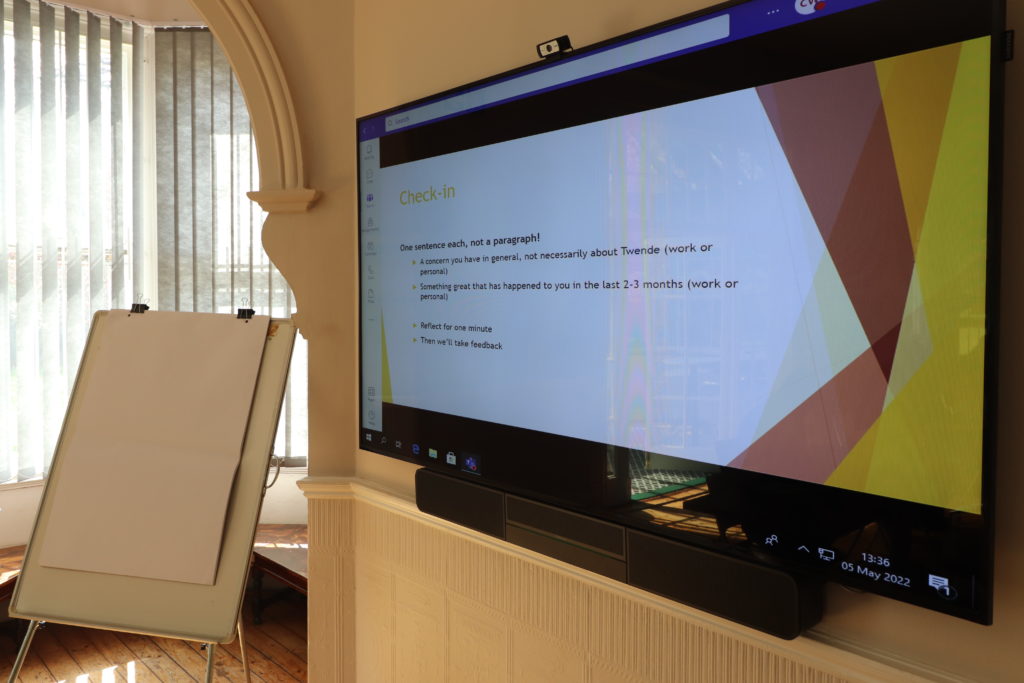
Monitoring and evaluation processes help inform policy decision making in different spheres of government, including budget formulation. Even though M&E is predominantly used to track and evaluate various government programs and policies, it can play a critical role in improving the cost effectiveness of the program budgets.
The current guidance from OECD and PEFA (Public Expenditure and Financial Accountability Framework) says that national budgets should be linked to national development plans and medium-term strategic priorities that go beyond the traditional annual cycle and recognizes the alignment of budgets with strategic planning to identify the resources required to achieve planned outputs and outcomes. Challenges often exist despite using various budgeting tools because of a lack of technical capacity, weak data management systems (and inadequate performance data), and an overall lack of understanding of why M&E is important in budgeting.
Therefore, even if there are different tools that allow for the linkage between national plans and budgets, their implementation can vary depending on country strategies on Public Financial Management (PFM) reform. This review looks at specific strategies that can either enhance the usage of existing tools in the system like Medium-Term Budgeting, Public Expenditure Reviews or incorporate new tools like the World Bank’s readiness assessment for M&E implementation. Medium term budgeting as a PFM reform, creates an effective link between annual budgets and national priorities, while performance-based budgeting is another tool that can enable the implementation of the medium-term budgeting (OECD).
The budget process involves various actors and stakeholders, some of which are common across different countries. A standard budget process involves the Ministry of Finance as the key stakeholder, which coordinates with the rest of the government to formulate the annual budget.
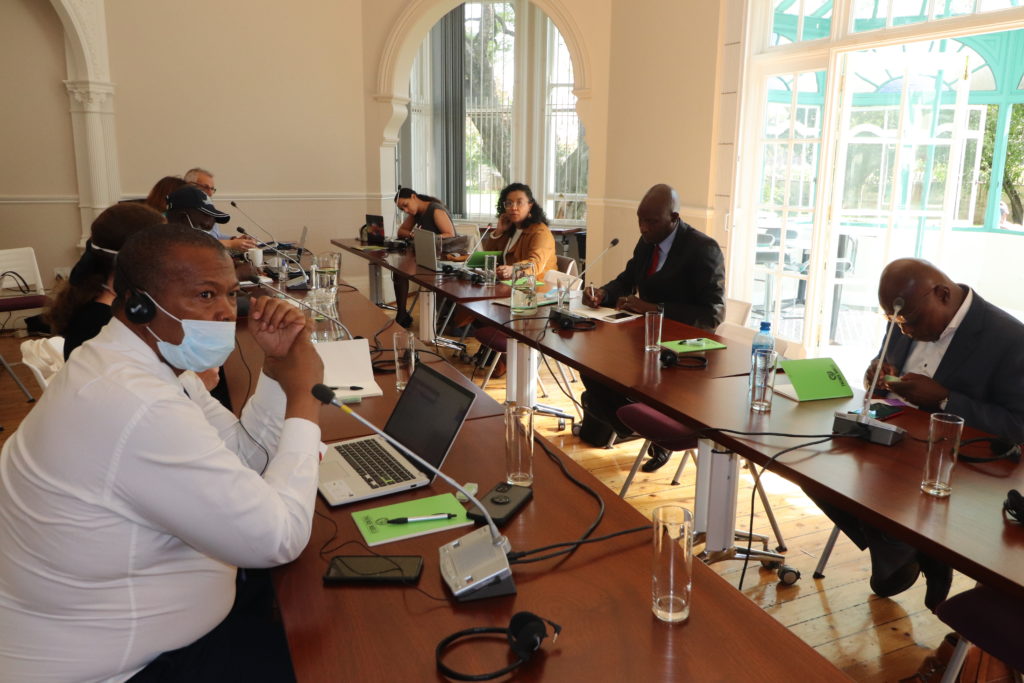
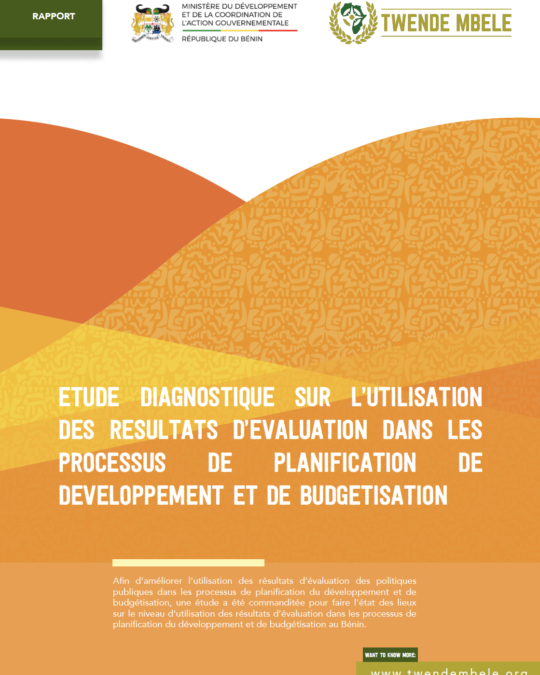
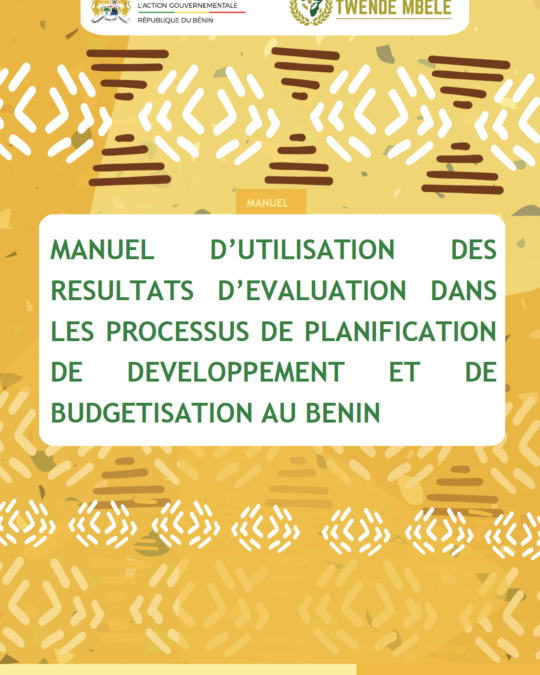
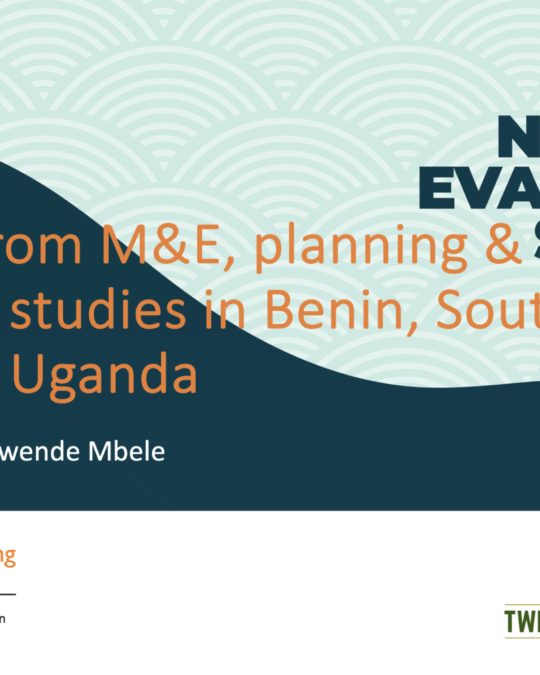
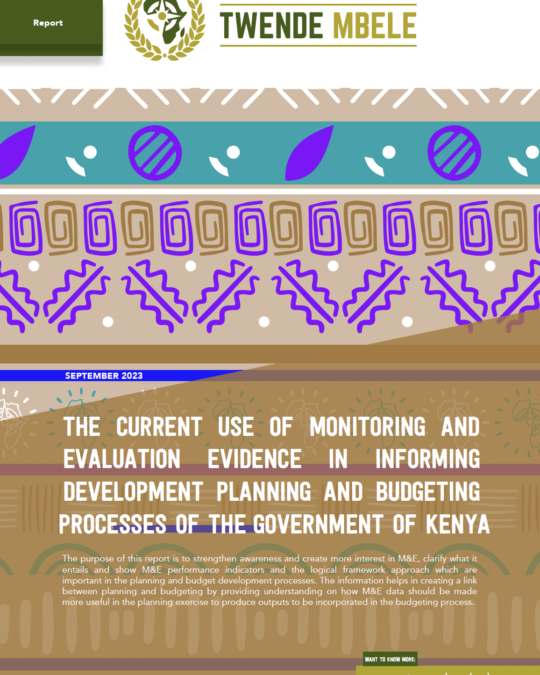
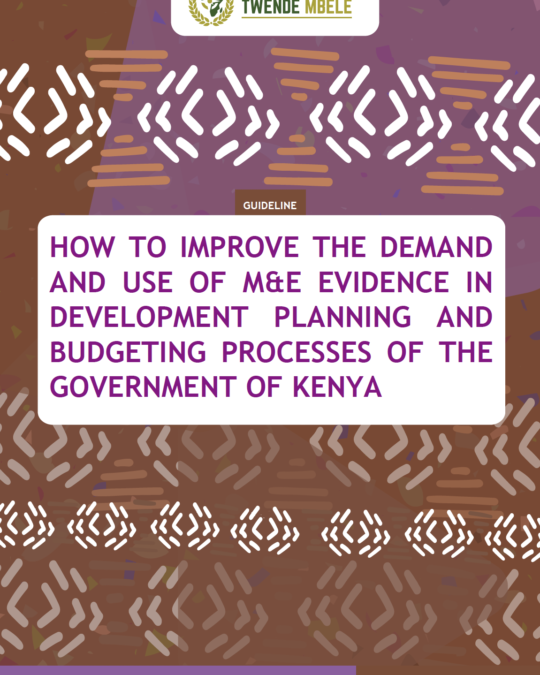
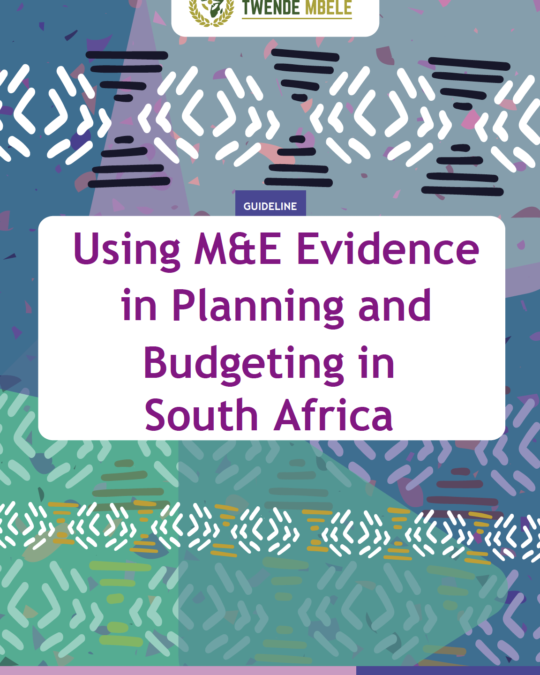
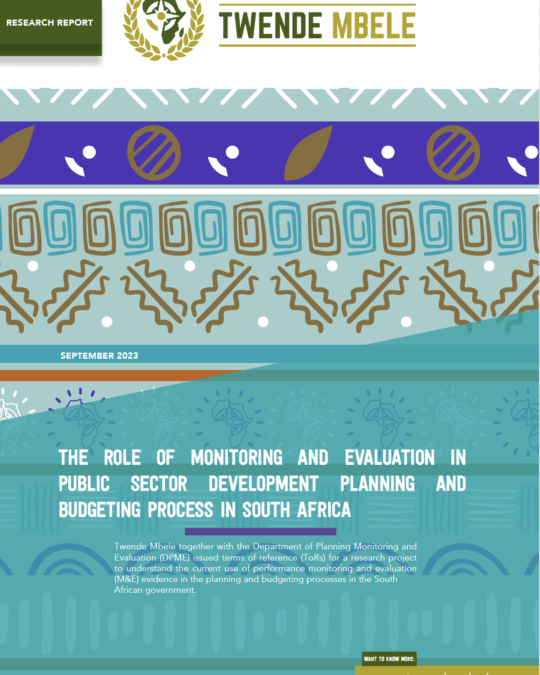
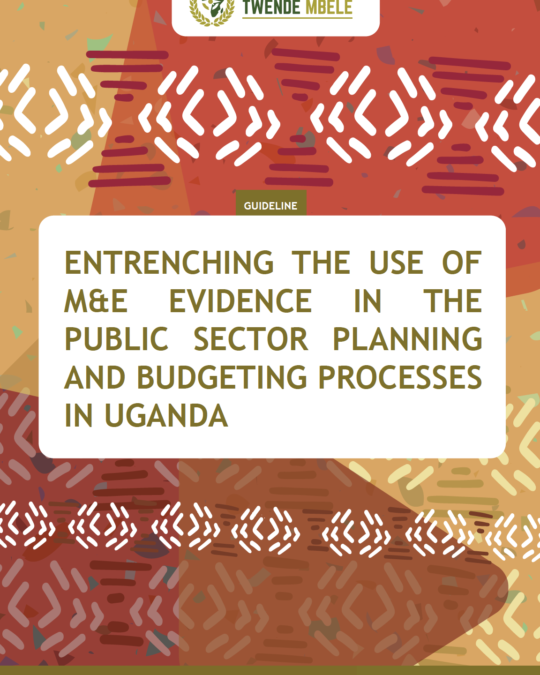
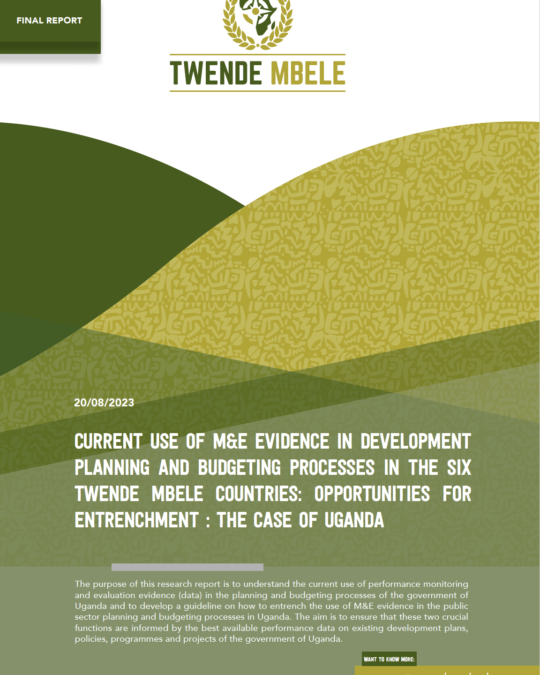
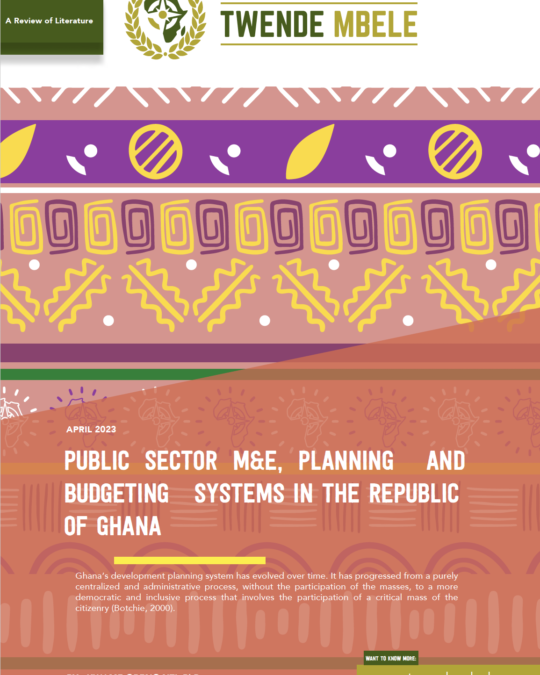
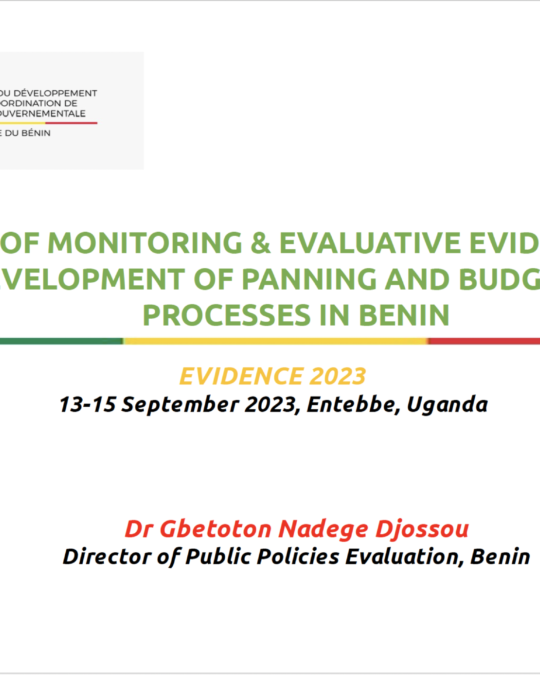
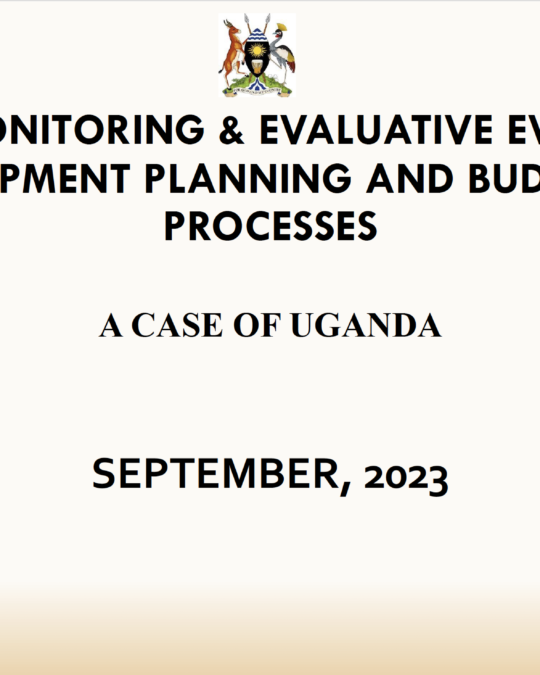
 CreativeBox
CreativeBox
